11 listed sites of the Occitania region exhibit contemporary art In Situ
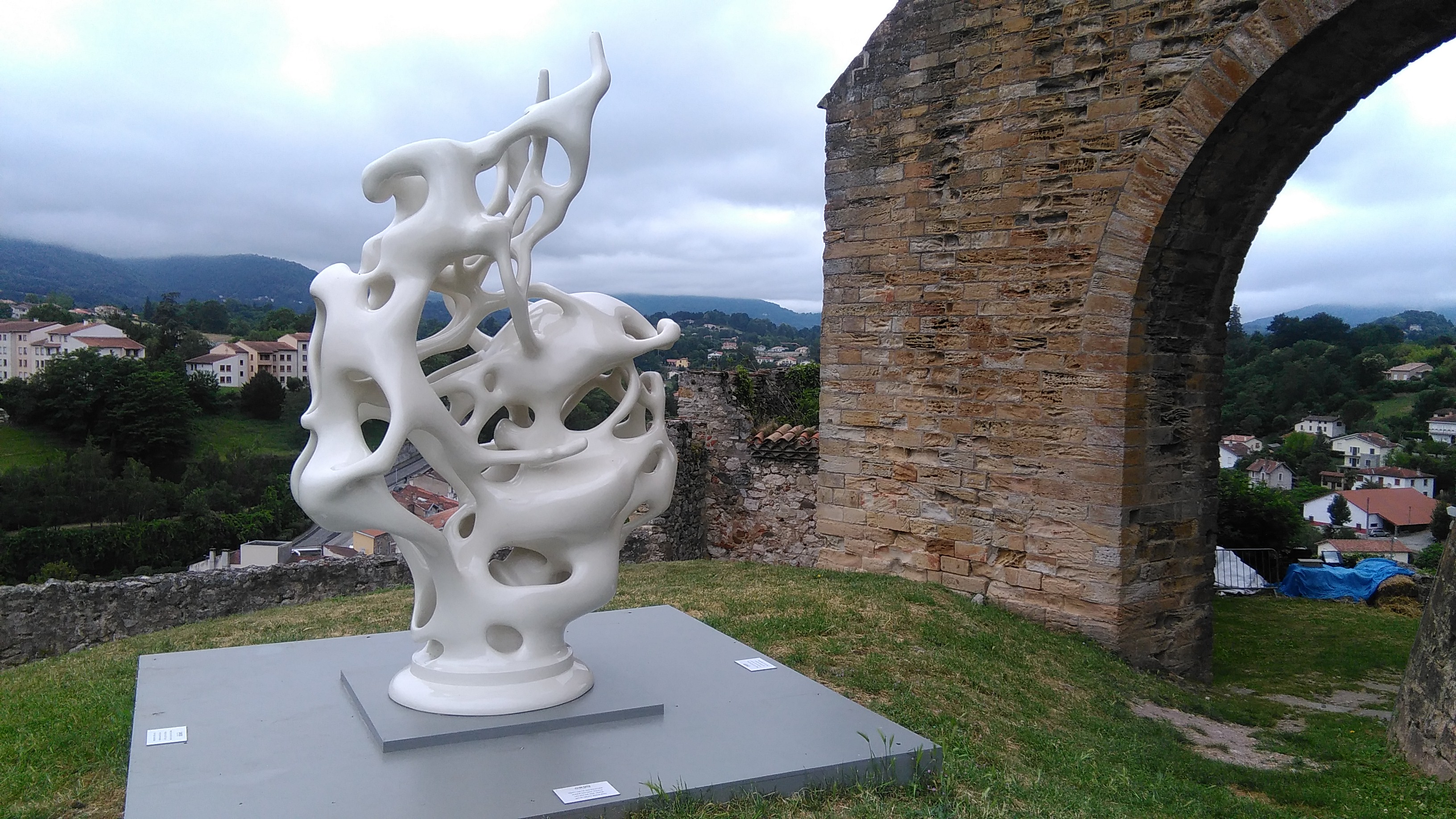
 The 6th edition of “IN SITU Patrimoine et Art Contemporain”, a summer event taking place in the Occitanie and Pyrénées-Méditerranée regions, was carried out by the association Le Passe Muraille, which is headed by Pierre Plancheron and whose general commissariat is provided by Marie-Caroline Allaire-Matte, will be held from June 17 to September 17, 2017.
The 6th edition of “IN SITU Patrimoine et Art Contemporain”, a summer event taking place in the Occitanie and Pyrénées-Méditerranée regions, was carried out by the association Le Passe Muraille, which is headed by Pierre Plancheron and whose general commissariat is provided by Marie-Caroline Allaire-Matte, will be held from June 17 to September 17, 2017.
 It will radiate on 11 sites, all classified or inscribed on the inventory of Historic Monuments, 4 departments: Hérault, Aude, and now Ariège and Aveyron.
It will radiate on 11 sites, all classified or inscribed on the inventory of Historic Monuments, 4 departments: Hérault, Aude, and now Ariège and Aveyron.
(France), Bertrand Gadenne (France), Arno Fabre (France), Emma Dusong (France), Nick Ervinck (Belgium) Dominique Gauthier (France), Rainer Gross (Germany), Christian Jaccard (Switzerland-France), Suzy Lelièvre (France), Jaume Plensa (Spain) and Claude Viallat (France).
This event is dedicated to the original appreciation of the rich and sumptuous heritage of the region, establishing a dialogue renewed every year between heritage architecture and contemporary art through ephemeral installations adapted to the spirit of places, sometimes spectacular .
This year, it will notably allow to discover 6 works unpublished, specially produced for the occasion, realized thus in situ.
At each stage of the journey, the visitor will have the privilege of being informed about the approach of the event as well as that of the artist by a cultural mediator, who will at the same time collect the attentions and comments of each.

 The Palace of the Archbishops of Narbonne
The Palace of the Archbishops of Narbonne
The Palace of the Archbishops has the particularity of keeping its cathedral (whose height of 41 meters under vault is the fourth highest in France after that of Beauvais, then Amiens and Metz) and its cloister adjoined, like the palace of the popes Of Avignon, is in full swing.
It contains a number of exceptional pieces, including the Baroque ceiling, baptized “The Ceiling of the Muses” (1632), decorated with celestial figures (including Cupids), drawn from mythological themes following the Renaissance. As well as the trendy rooms at the time of the time. (Photo credits: Alex Plato).
Equally suited to the collections offered, this old dining room, all in length and renovated in medical green to include a surprising collection of jars of pharmacy in particular.
The gypseries of the dining room with the effigy of the hunt, favorite pastime of Archbishop Arthur Richard Dion, last resident cleric, giving a sumptuous and ostentatious side to this room.
All styles intertwine including this French ceiling joist where every detail amazes the curious daring to pay attention.


These two rooms decorated as Moorish palaces to highlight a heritage of Orientalist paintings including the school of Abel El Tif (Algiers Movement of Art of 1907-1962).

Each corner of the building reveals a perfume of the Orient.
Claude Viallat can be exhibited with this “Tribute to Zeuxis” in this carefully designed setting for a flourishing artistic presence. One of the theorists and founders of the Supports / Surfaces movement, which dissociates all three structural elements of a painting (chassis, color).



Dress pieces reappropriated by the artist who marry perfectly with the solemnity of the places (Photo credits: Alex Plato)



The whole forming the palace taking a preponderant place in the city center (Photo credits: Alex Plato).


The Narbonne city full of colors (Photo credits: Alex Plato).
After conquering in his time, the gallery owner Jean Fournier seduced by his talent as a colorist, He considers his painting as a nomad, and is part of a decorative approach. He is also currently on display at the Ceysson Gallery in New York, from May 9 to July 15, 2017.


This work shows the interest of the artist to reappropriate the supports dedicated to another function of origin, like this element of Voltaire revisited armchair. A canvas without a frame, recovered from the seat of an armchair, is presented in the historic setting of the palace, both integrated in the decor and in its exhibition at the Fabre Museum in Montpellier in 2014. Totally in chromatic phases with this majestic mosaic Covering the ground, “polychrome mosaic with meandering illusion” (from the second half of the second century AD), with a central part of the mosaic (emblema) represents a composition of meanders alternating squared and svastikas square, flagship. The distribution of colors and values gives a marked relief effect.
There are very different inspirations in this exhibition course of his 28 works, strong enough around the knots as his colleague Christian Jaccard. (Photo credits: Alex Plato)
The Fontfroide Abbey
The Cistercian abbey of Fontfroide, strongly embellished by the Fayet family, was restored to its youth by the installation of Jaume Plensa – “White Forest, Sanna”, which perpetuates one year after the installation of the renovated Cross on the Fontfroide massif. A tradition of contemporary art initiated in the 1920s with the network of friends of Mr Fayet, Odilon Redon, and his colors already covering the site.



This is the 4th opportunity offered to the In Situ event to be exhibited within the walls of these places and which embodies this year a brilliant facet of a girl, made of bronze in 2015 on a wooden base, illuminating the room by its Monacale whiteness which will call the visitor by its solemn volume. The artist, present in the world, wanted to break through the centrality of the work, which he can decline on very diverse materials such as alabaster or resin. The artist is also exhibited in a retrospective with his mirror sculptures at the Museum of Modern Art in Saint-Etienne, until September 17, 2017.



(Ph


An abbey still as full of sun and spirituality…
The City of Carcassonne
The Château de Carcassonne features regular contemporary art events.
A monument, dependent on the CMN, which enjoys a notoriety and an important attendance (of nearly 2 million annual visitors) is to be highlighted by a contemporary work of art In Situ.
This one, made by the German artist Rainer Gross, bearing the title “Pas perdus”, was the privilege of being made on site in 8 days by the artist after many sketches.


It is self-supporting and positioned above a door of the western rampart allowing people to cross the artist’s realization, de facto reinforcing the dialogue with the visitor.
A challenge of history and architecture for these slats of poplar blackened, very flexible responding to the constraints of the medieval city and its frequent winds. An installation instead of the remains of missing elements playing around the ruins of an old chimney and trying to recall by this surrealist structure conceived all undulating of this poplar wood, a floor that would reappear like a vestige that arises from the Past, the time of the exhibition but which will disappear, with the rest of the installation, and in all the ways, during the Days of the Patrimony.


(Ph


The enclosure of the city and its gardens large enough to accommodate the 2 million annual visitors.



There are some perched memories that can not be brought back from Carcassonne…
There is always a very graphic aspect in the work of Rainer Gross and this realization shows the artist’s inclination to adapt to the architecture of the place and to enhance its formal qualities.
Moreover, given the climatic conditions and frequent public influx, the safety committee has ensured that the cour du midi, which houses the structure, will be evacuated when the wind speed exceeds 72 km / h.
This courtyard opens onto this former great hall of the senechaux of the King of France in the 13th and 14th centuries, destroyed at the end of the 15th century by a fire.
A first open air exhibition in Foix…
The residence of the Counts of Foix, nestled on the top of a rocky peak of 60 meters overlooking the city, has a tower of the year Mil for an impregnable fortress, which was a prison until the 19th century.
A project to rehabilitate the site is planned for April 2019 and will immerse the visitor in a totally medieval universe with war machines and an elevator to facilitate the access of this steep ascent.


Facet of immersion currently set up by the presence of a medieval mediator initiating the handling of the archer and crossbow.


We better consider the impregnable nature of the fortress…


..but also a breathtaking view on the Pyrenean massif.


The In Situ presence of the 2017 edition is embodied for the first time on the site, with a monumental sculpture by the Belgian artist Nick Ervinck, entitled Apsaadu, enriched with voluptuous shapes, representing a divine action Fixed in time, directly inspired by the Roman deities displayed in the Gallo-Roman Museum, situated in Tongeren.
A relatively technological achievement since it was designed with software and printed using a 3D printer made of polyester materials. Realization belonging to the “Blob architecture” (“blob”), a term given to an architectural current in which buildings have a soft, bulging organic form, created by architect Greg Lynn in 1995 in his experiments with “Metaball” drawing software.



To install it in these thousand-year-old walls was a feat for these places with the steep access due to the reputation of impregnable fortress, only the solution of the hélitreuillage gave the possibility.
Another achievement of this multi-awarded artist (Godecharle 2005, Gouden Feniks 2011) is located within the walls of the Millenary Abbey of Gellone in Saint-Guilhem-le-Desert.
A place that had so many turbulent periods before being rescued by the Congregation of Saint-Maur in the 17th century and whose carved elements of the cloister were acquired by the American collector George Gray Barnard in 1906 and now integrated into a reconstruction presented At The Cloisters Museum in New York.
The sculpture, called “Iebanulk”, of wood and polyester texture, presented on the spot was born from a mix between a supplemented oil ship of a Romanesque Benedictine monastery, all stained with white.
An abbey of Lagrasse enmurée
“Shadows of Soot, Benedictine Partition” by Christian Jaccard at the Abbey of Lagrasse (Aude), in honor of the communities that occupied this place until the Revolution.



An abbey surrounded by a village perched with steep alleys that visitors from all over the world love.
 This is the only site owned by the department, having experienced many renovations. The abbey offers an unobstructed view of the hinterland of the Aude and still contains an active community of Benedictine monks.
This is the only site owned by the department, having experienced many renovations. The abbey offers an unobstructed view of the hinterland of the Aude and still contains an active community of Benedictine monks.
After proposing last year, a sound work, In Situ proposes, for this edition 2017, an immense wall but supposed to be ephemera since it will be disassembled at the end of the event.
 11 meters high, realized on site by the Franco-Swiss artist Christian Jaccard, contemporary of BMPT, following the Supports / Surfaces artistic movement, supported by the great specialist of contemporary art Bernard Ceysson. This realization on site, contains a coloration by combustion from thermal gel (based on neoprene glue, process notably used in cinema) enhanced by a drawing carried out on a scaffolding posed on a self-supporting wall, all done in 10 days.
11 meters high, realized on site by the Franco-Swiss artist Christian Jaccard, contemporary of BMPT, following the Supports / Surfaces artistic movement, supported by the great specialist of contemporary art Bernard Ceysson. This realization on site, contains a coloration by combustion from thermal gel (based on neoprene glue, process notably used in cinema) enhanced by a drawing carried out on a scaffolding posed on a self-supporting wall, all done in 10 days.
The wall should be covered with a spray to last but according to the wishes of the artist wishing to appreciate the soot degrade over time.


An alternation of black and white, recalling a metaphor of day and night, contrasts with the rest of the centenary walls, all built of rock and carved in the shape of an ogive of this former dormitory of the monks.
A spiritual presence that continues to this day through the presence of the religious community of the Canons Réguliers of the Mother of God.


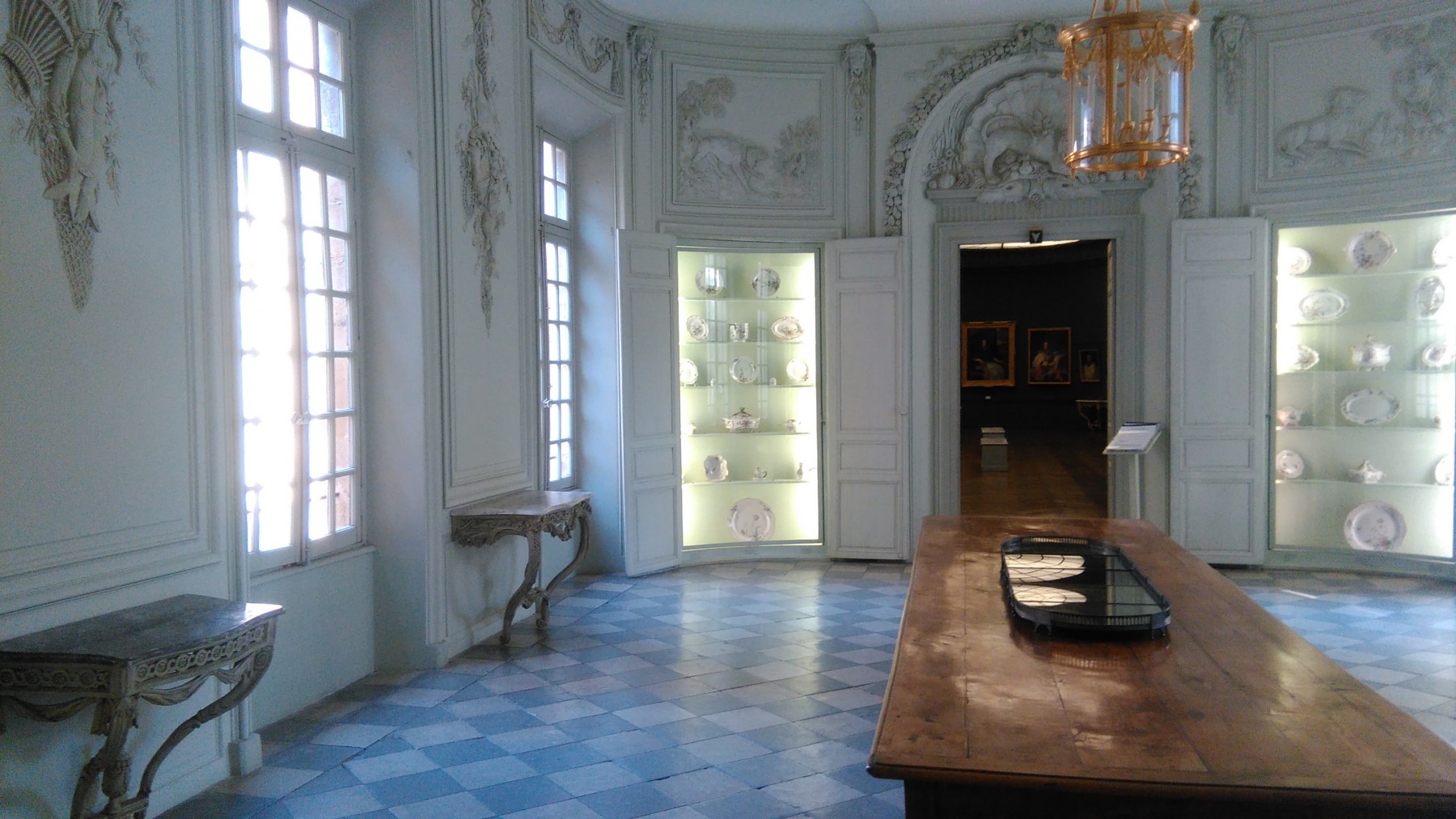
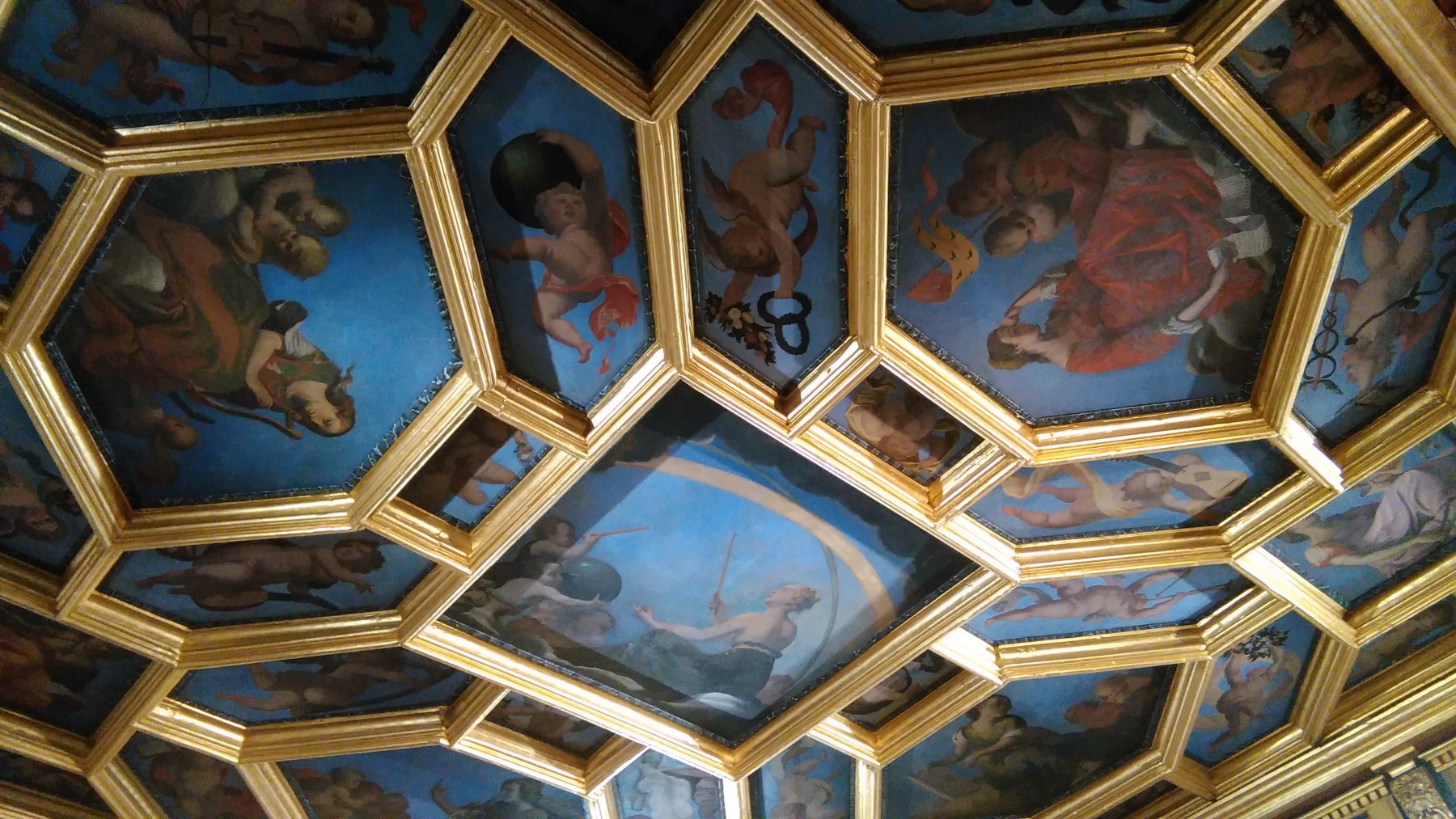
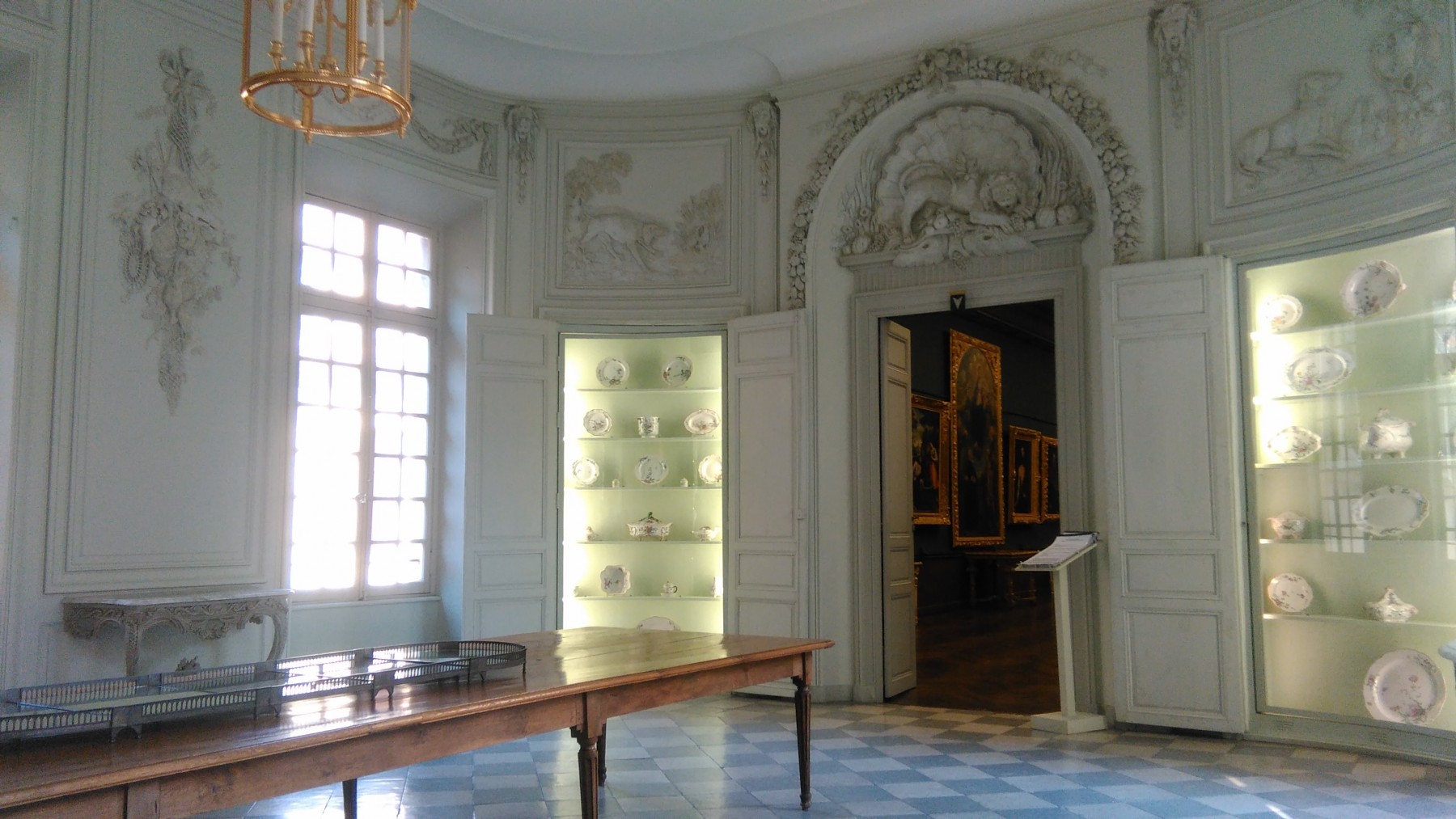
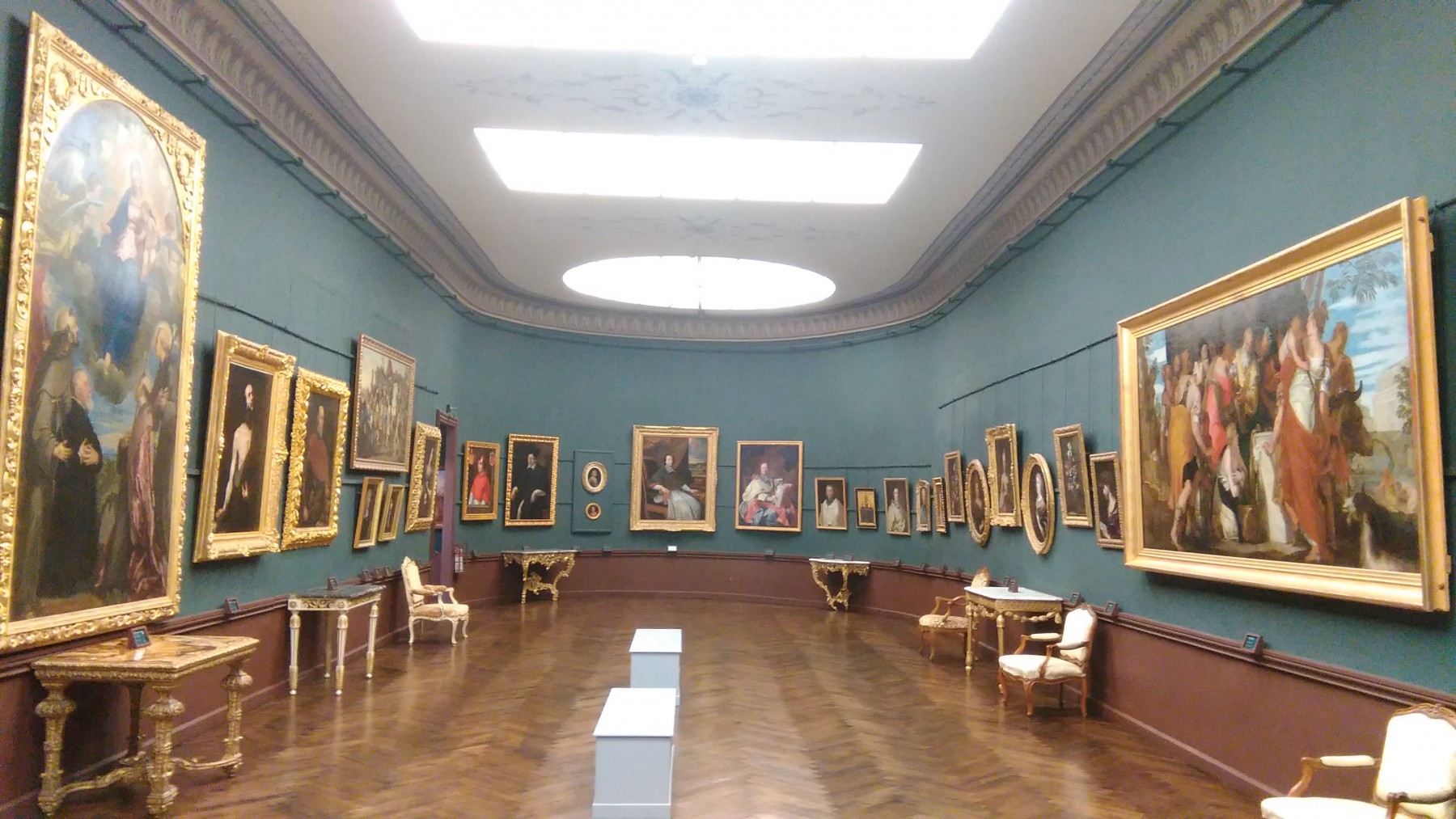
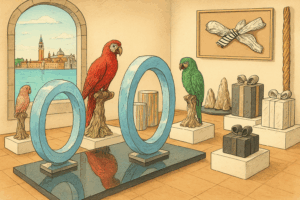
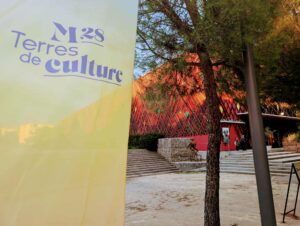

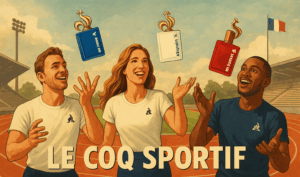

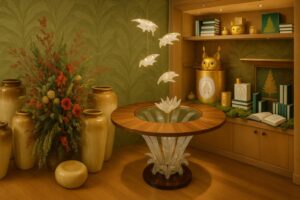
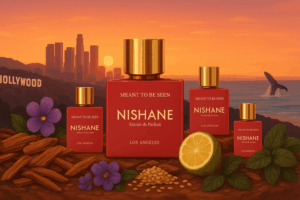
1 thought on “11 listed sites of the Occitania region exhibit contemporary art In Situ”